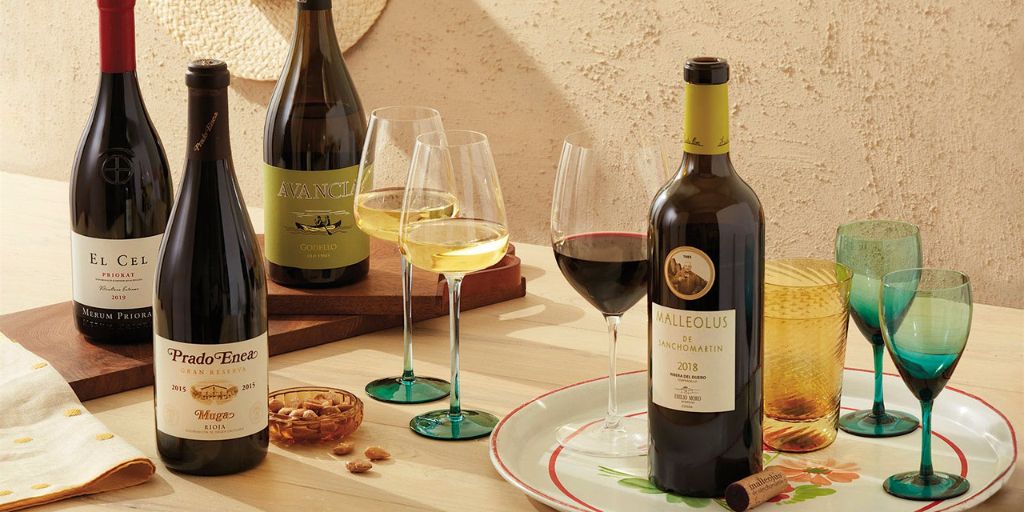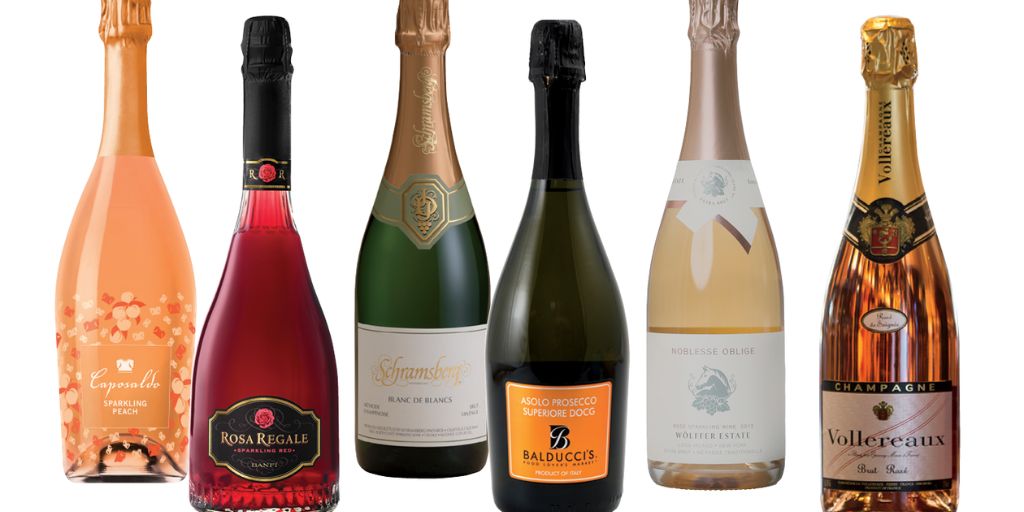Wine lovers treasure the experience of savoring a fine bottle, whether it’s a rare vintage, a cherished label, or a well-priced favorite.
But the growing popularity and value of wine have unfortunately led to the rise of counterfeit bottles in the market. Fake wines can range from inexpensive knock-offs to cleverly altered labels on inferior vintages, posing risks to both your palate and your wallet.
With counterfeit wines estimated to make up between 5% and 20% of the global market (depending on region and price range), knowing how to spot fake wines has become an essential skill for collectors, enthusiasts, and casual drinkers alike.
In this guide, we’ll walk you through practical tips and red flags to help you identify counterfeit wines and ensure the authenticity of your next purchase.
Why Does Wine Counterfeiting Happen?
Before diving into detection techniques, it’s helpful to understand why fake wines exist:
-
High Demand for Rare and Expensive Bottles: Iconic labels like Château Lafite Rothschild, Domaine de la Romanée-Conti, and Screaming Eagle command sky-high prices. This makes them prime targets for counterfeiters.
-
Limited Supply: When a vintage sells out quickly, fake bottles flood the secondary market to meet demand.
-
Lack of Regulation and Verification: Some markets lack stringent oversight, making it easier for counterfeiters to operate.
-
Sophisticated Fraud Techniques: Advances in printing, labeling, and even refilling bottles make fakes harder to detect.
Common Types of Fake Wines
-
Recycled Bottles: Genuine bottles are emptied, cleaned, refilled with inferior or homemade wine, resealed with fake labels and corks.
-
Label Forgery: Fake labels printed to imitate prestigious brands, sometimes with slight spelling or design errors.
-
Fake Packaging and Capsules: Counterfeiters may replicate corks, capsules, and seals, including tamper-evident features.
-
Misrepresented Vintage or Origin: Legitimate bottles relabeled to indicate a more valuable year or region.
How to Spot Fake Wines: Practical Tips
1. Buy From Reputable Sources
-
Purchase wine from trusted, established retailers, wineries, or official distributors.
-
Be wary of deals that seem “too good to be true” or unknown sellers on online marketplaces.
2. Inspect the Bottle and Label Carefully
-
Check for Label Quality: Authentic wine labels are usually printed on textured, high-quality paper with crisp fonts and consistent color. Fakes may show blurry printing, uneven edges, or incorrect fonts.
-
Look for Spelling and Grammar: Fake labels often have mistakes in the brand name, region, or terms.
-
Examine the Label Placement: Authentic bottles typically have labels perfectly aligned and adhered flat without bubbles or wrinkles.
-
Observe the Capsule and Seal: The foil capsule should be tightly wrapped, smooth, and intact without tears. Look for embossed logos or trademarks.
3. Verify Bottle Shape and Glass Quality
-
Luxury wines often use custom-shaped bottles with distinctive embossing or glass marks.
-
Check for inconsistencies in bottle shape, weight, or glass thickness compared to known authentic bottles.
4. Check the Cork
-
Genuine corks usually bear the winery’s logo, vintage, or brand name, sometimes with unique markings.
-
A cork that looks generic, damaged, or dry can be a warning sign.
-
Beware of corks that are glued or appear recently inserted.
5. Examine the Wine Color and Sediment
-
Tilt the bottle against light and inspect the color consistency.
-
Unnatural colors or excessive sediment may indicate spoilage or counterfeit wine.
6. Look for Serial Numbers or Authentication Codes
-
Many wineries now include QR codes, holograms, or unique serial numbers on labels or capsules.
-
Scan or verify these through official winery apps or websites.

7. Research the Bottle’s Provenance
-
Ask for documentation, receipts, or certificates of authenticity when buying high-value wines.
-
For collectible bottles, verify auction records or previous ownership.
8. Smell and Taste (If Possible)
-
If you can sample the wine, watch for off-aromas such as vinegar, mold, or chemicals.
-
Poor taste or flatness compared to the expected profile is a red flag.
Tools and Technology for Spotting Fake Wines
Advancements in technology have provided new ways to authenticate wines:
-
Blockchain Tracking: Some wineries embed supply chain information on blockchain, allowing buyers to verify origin and ownership history.
-
Smartphone Apps: Apps like Vivino or Delectable allow users to scan labels and access reviews and authenticity information.
-
UV Light: Under UV light, authentic labels and capsules may show watermarks or hidden features.
-
Wine Authentication Services: Professional experts offer lab testing and physical inspection to certify wines for serious collectors.
What to Do If You Suspect a Fake
-
Contact the Seller or Winery: Report concerns and ask for proof of authenticity.
-
Avoid Consumption: Fake wines can be unsafe or unpleasant.
-
Report Fraud: Notify consumer protection agencies or wine industry watchdogs.
Conclusion
In the world of wine, authenticity matters — not just for the enjoyment of taste but for preserving the legacy and value of vintages. As counterfeit wines become more sophisticated, vigilance is key.
By buying wisely, inspecting carefully, and using modern tools, you can protect yourself from fraud and ensure that every bottle you open delivers the genuine experience you deserve.
Cheers to savoring authentic wines with confidence!


